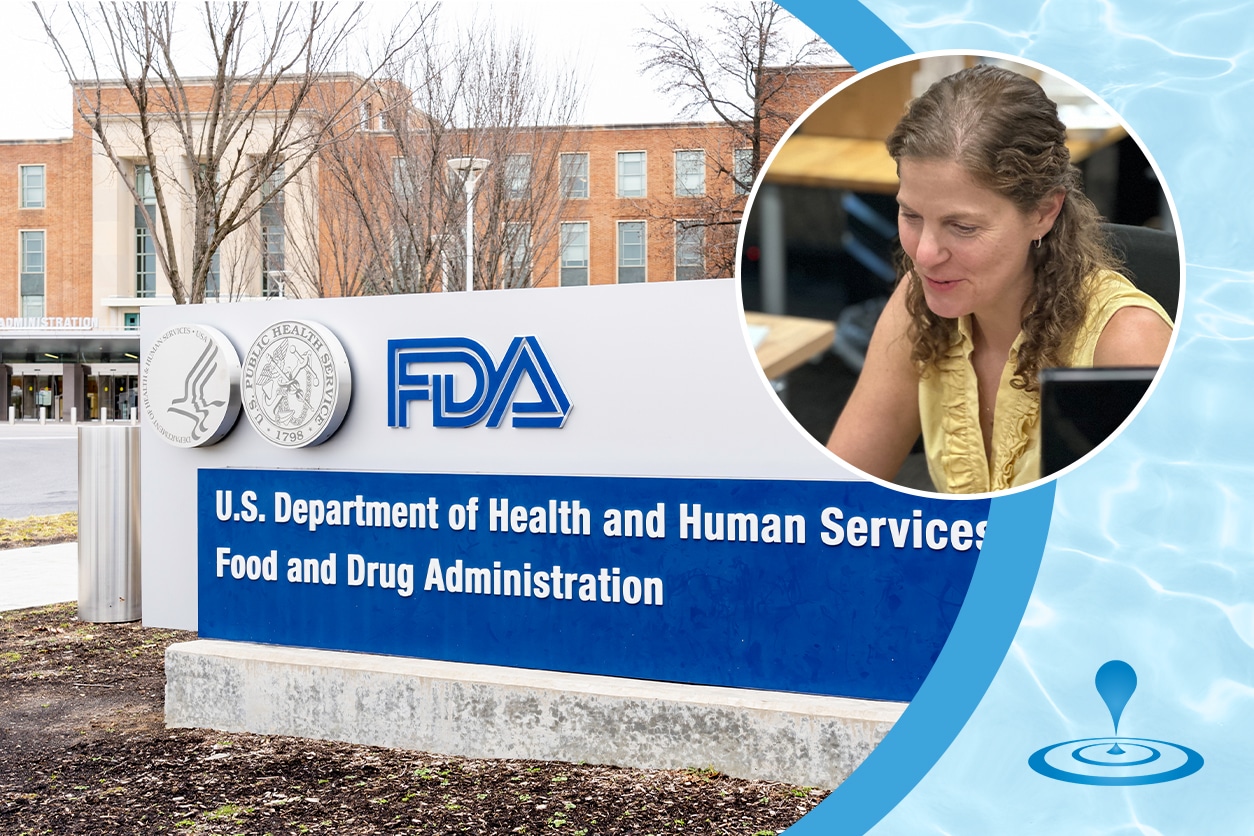FDA Stability, User Fees, and What It Means for Your 510(k) Submission
A client recently told me, “My potential investors are asking if the FDA is still going to be around, and whether we can even get a 510(k) cleared in the next year.” Given the chaos currently affecting many federal agencies, especially the Department of Health and Human Services, it’s a fair question. Does anyone still have a job there? And if so, are they too swamped to get anything done?
While the question initially surprised me, it was, in fact, quite reasonable.
I was thankful to tell our client that we are not currently seeing any reason to expect a slowdown at the FDA. If anything, colleagues who handle FDA quality system audits report a massive uptick in onsite inspections. That might seem counterintuitive, but it actually makes sense.
The answer may lie in user fees.
Let me explain. But before we get to the present day, let’s take a quick look back at the Center for Devices and Radiological Health (CDRH)—the division of the FDA responsible for regulating medical devices.
Before COVID, things were humming along fairly well. CDRH seemed stable and balanced. The division was actively producing guidance documents and appeared committed both to protecting public health and to avoiding unnecessary barriers to innovation.
During COVID, we saw CDRH staff go above and beyond, flexing, adapting, and even working weekends. But the demands were too much. As remote work expanded, CDRH saw an exodus of experienced staff. Even junior employees were being lured away by higher-paying jobs, often at double the salary. The brain drain had begun. In response, CDRH tried to hire aggressively, but many of these “probationary” hires later became targets of budget cuts under the new administration.
So no, CDRH isn’t at its strongest right now. They’re trying to rebuild, but even new hires are at risk of being let go. It can all look pretty bleak.
Enter MDUFA:
Medical Device User Fee Amendments.
MDUFA has been around for quite a while. It allows the FDA to collect fees from companies for certain services. These include registration and listing, as well as submission of 510(k)s, De Novos, and PMAs, among others. The fees aren’t trivial: $9,280 for an establishment registration, and up to $540,783 for a PMA submission (FY2025 figures).
Why does this matter?
Because MDUFA-related submissions bring new money directly into CDRH—money that doesn’t come from tax dollars.
If you were an employee at CDRH concerned about job security, it’s not hard to imagine where your focus would go: user fee-funded activities. These submissions represent one of the few ways your work directly contributes to the division’s financial sustainability.
So, in the near term, we don’t expect to see user fee-related activities like 510(k)s sidelined. On the contrary, it’s likely in CDRH’s best interest to prioritize them.
What about non-user-fee-funded programs?
Take Pre-Submissions (Q-subs), for example. Five or six years ago, we loved Q-subs. With a seasoned FDA team and an openness to collaborate, the Q-submission process was a gift—a low-cost opportunity to gain FDA feedback and set a strong foundation for future submissions.
But today, the landscape has changed. With the loss of experienced staff, the tenure—and therefore the expertise—of many reviewers has diminished. And remember: Pre-subs aren’t funded by user fees. They’re “free.”
In recent years, our experience with Q-subs has been mixed at best: overly academic responses, limited actionable feedback, and a far cry from the productive exchanges of years past.
As a result, while we’ll still submit Q-subs when we have high-value questions, they’re no longer a default. It’s now a case-by-case decision.
The good news:
The FDA is still standing. CDRH is still processing 510(k)s. And we love helping our clients get there, strategically and efficiently.
In uncertain times, understanding where the incentives lie can make all the difference.
Have questions about your FDA path? Contact us to see how we can help.

